Why SOCs Are More Desirable Than CPUs?
A spell ago, people used to purchase new computers or laptops just by taking an overview of the CPU, but now these CPUs have an emulator, which is named as the SoC. Now, from smartphones to tablets and even some laptops all come with the inclusion of SoCs.
At this place, a question must be extruded, what are the differences between Soc and CPU? So instead of just simple microprocessors, we have Systems on a Chip that offers more complex functionality as well as everything you know about CPUs can also be applied to SoCs.
What is CPU?
Central processing unit: A term that is at the top of heap among the electronics components. Since its inception, it is a very fast calculator that performs some kind of arithmetic or logical operations on data by fetching the instructions from the memory.
Apparently, texture and implementation have been altered so many times from of the old narrative, but their fundamental operations are still same. In particular, this component also needs some additional devices to perform any task on a PC. At this place, the integration of memory is requisite to store the data. To decode and amplify the sound it urges to be equipped with an audio chip.
A graphics processor is also essential to portray an image on the screen of your device. Hither, a question flurried us that on which framework these hundreds of smaller components use to be fastened with the CPU. Thus, to carry out the important tasks these equipments are utilized to be solidified on a silicon microchip.
Here, a new name is coined as a system on a chip (SoC), which is basically an IC that can imperialize multiple CPUs along with several peripherals of a system.
What is an SoC?
On this spot, the marvels of miniaturization are deserving to be admired, whereby SoCs took nativity. Thanks to the manufacturers like Qualcomm, Nvidia and Texas Instruments that have introduced the concept of components on a single chip, which could power our cherished smartphones.
However, these smartphones and tablets are actually computers with smaller size. Obviously, their place is exalted among the consumers because these are convenient to carry and bestows Amazing features even more than our PCs. In order to provide a smarter user experience they solicit for pretty much the same components, which we have seen in desktops and laptops, but they do not comprise the same amount of internal expanse.
How do these handy devices can assimilate a logic board, processor, RAM, graphics card and various building blocks in a small shell? After all there should be some space for a long-lasting battery. Hereby, to make these internal parts as small and to fit them on a single base, the manufacturers have developed SoCs.
Withal, there are so many examples of Soc-equipped smartphones, but I would like to mention only a brand, Apple Inc because nowadays all the world is gaga over its products. The most hotly-anticipated handset iPhone 6, which has been introduced with new A8 SoC, while its predecessor iPhone 5S was launched with the comprisal of Apple’s A7. Manifestly, A7 is a 64-bit system on a chip (SoC), which has been asserted by the firm to deliver twice speed and graphics power compared to Apple A6.
Which One is The Best For The Future of Mobile Computing?
The simple fact is that SoC are more skilled than CPUs. Let’s take a glance at the following points, in order to better understand how a SoC can be more remunerative over a CPU:
The necessity of a device that can be handled anywhere has given the emanation to this SOC. The invention of this component has transformed this globally growing portfolio of smart devices with its more functionality.
Before the origin of SoC, it was very hard to make a gadget with the dimension of 4 inches or less along with additional chips to control everything. Notably, Using SoCs there is no need a number of individual limbs of electronic devices. Now, we can simply put a complete computer in smartphones and tablets.
Specifically, SoCs also consumes less energy due to much shorter wiring and produces less heat because of very high level of integration. In Short, SoCs are the boon for Mobile computing. By cutting down the quantity of physical chips, it is clearly betokening that now it is facile to build hand held as well as compact devices at economical values.
Observably, at one aspect CPUs are still maintaining their dominance over SoCs. The central processing unit based devices are more pliable than a Soc-equipped device. This way, adding or replacing a new CPU, GPU or a RAM in a PC is like a piece of cake. But, it is not the same for SoC embedded smartphones, where appending these above mentioned peripherals is not feasible. And, it shows signs of being prodigal for the subscribers.
At present, this next iteration of electronics industry, SoC is a big bonus for Mobile and wearable devices as well as it is also envisaged as the future of applied science. Nevertheless, the market of general purpose CPUs is still dynamic and propitious, where expenditure on power and energy are not the bones of contention like in supercomputers.
Why SOCs Are More Desirable Than CPUs?
TechnologyA spell ago, people used to purchase new computers or laptops just by taking an overview of the CPU, but now these CPUs have an emulator, which is named as the SoC. Now, from smartphones to tablets and even some laptops all come with the inclusion of SoCs.
At this place, a question must be extruded, what are the differences between Soc and CPU? So instead of just simple microprocessors, we have Systems on a Chip that offers more complex functionality as well as everything you know about CPUs can also be applied to SoCs.
What is CPU?
Central processing unit: A term that is at the top of heap among the electronics components. Since its inception, it is a very fast calculator that performs some kind of arithmetic or logical operations on data by fetching the instructions from the memory.
Apparently, texture and implementation have been altered so many times from of the old narrative, but their fundamental operations are still same. In particular, this component also needs some additional devices to perform any task on a PC. At this place, the integration of memory is requisite to store the data. To decode and amplify the sound it urges to be equipped with an audio chip.
A graphics processor is also essential to portray an image on the screen of your device. Hither, a question flurried us that on which framework these hundreds of smaller components use to be fastened with the CPU. Thus, to carry out the important tasks these equipments are utilized to be solidified on a silicon microchip.
Here, a new name is coined as a system on a chip (SoC), which is basically an IC that can imperialize multiple CPUs along with several peripherals of a system.
What is an SoC?
On this spot, the marvels of miniaturization are deserving to be admired, whereby SoCs took nativity. Thanks to the manufacturers like Qualcomm, Nvidia and Texas Instruments that have introduced the concept of components on a single chip, which could power our cherished smartphones.
However, these smartphones and tablets are actually computers with smaller size. Obviously, their place is exalted among the consumers because these are convenient to carry and bestows Amazing features even more than our PCs. In order to provide a smarter user experience they solicit for pretty much the same components, which we have seen in desktops and laptops, but they do not comprise the same amount of internal expanse.
How do these handy devices can assimilate a logic board, processor, RAM, graphics card and various building blocks in a small shell? After all there should be some space for a long-lasting battery. Hereby, to make these internal parts as small and to fit them on a single base, the manufacturers have developed SoCs.
Withal, there are so many examples of Soc-equipped smartphones, but I would like to mention only a brand, Apple Inc because nowadays all the world is gaga over its products. The most hotly-anticipated handset iPhone 6, which has been introduced with new A8 SoC, while its predecessor iPhone 5S was launched with the comprisal of Apple’s A7. Manifestly, A7 is a 64-bit system on a chip (SoC), which has been asserted by the firm to deliver twice speed and graphics power compared to Apple A6.
Which One is The Best For The Future of Mobile Computing?
The simple fact is that SoC are more skilled than CPUs. Let’s take a glance at the following points, in order to better understand how a SoC can be more remunerative over a CPU:
The necessity of a device that can be handled anywhere has given the emanation to this SOC. The invention of this component has transformed this globally growing portfolio of smart devices with its more functionality.
Before the origin of SoC, it was very hard to make a gadget with the dimension of 4 inches or less along with additional chips to control everything. Notably, Using SoCs there is no need a number of individual limbs of electronic devices. Now, we can simply put a complete computer in smartphones and tablets.
Specifically, SoCs also consumes less energy due to much shorter wiring and produces less heat because of very high level of integration. In Short, SoCs are the boon for Mobile computing. By cutting down the quantity of physical chips, it is clearly betokening that now it is facile to build hand held as well as compact devices at economical values.
Observably, at one aspect CPUs are still maintaining their dominance over SoCs. The central processing unit based devices are more pliable than a Soc-equipped device. This way, adding or replacing a new CPU, GPU or a RAM in a PC is like a piece of cake. But, it is not the same for SoC embedded smartphones, where appending these above mentioned peripherals is not feasible. And, it shows signs of being prodigal for the subscribers.
At present, this next iteration of electronics industry, SoC is a big bonus for Mobile and wearable devices as well as it is also envisaged as the future of applied science. Nevertheless, the market of general purpose CPUs is still dynamic and propitious, where expenditure on power and energy are not the bones of contention like in supercomputers.

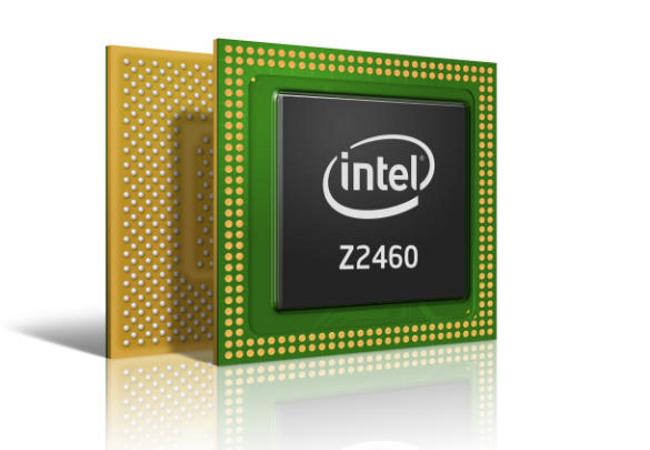
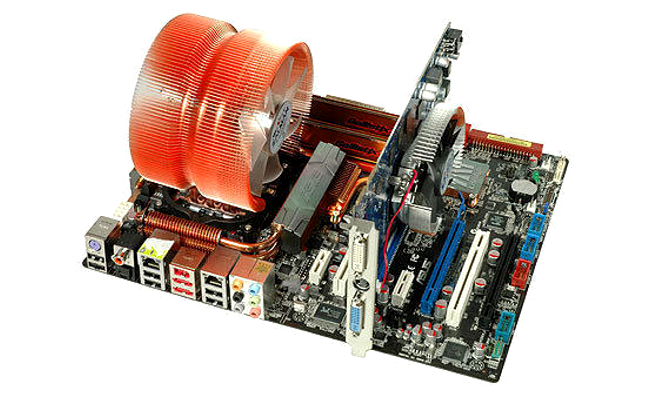
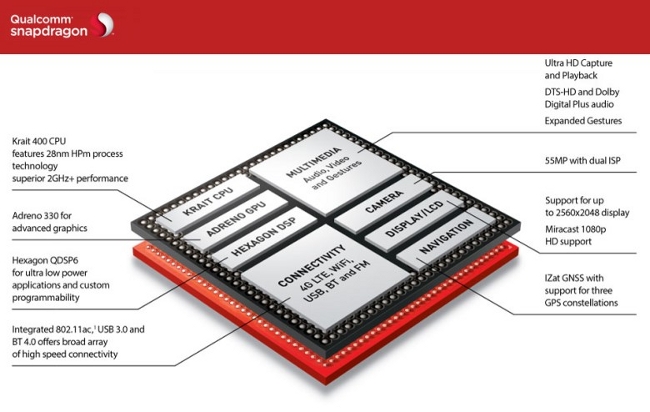
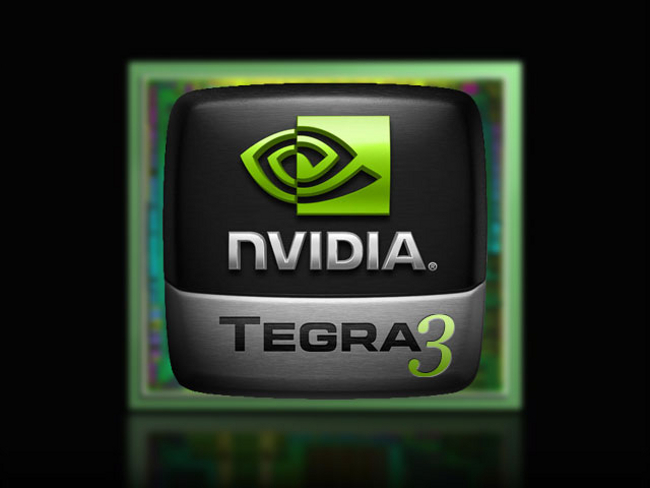
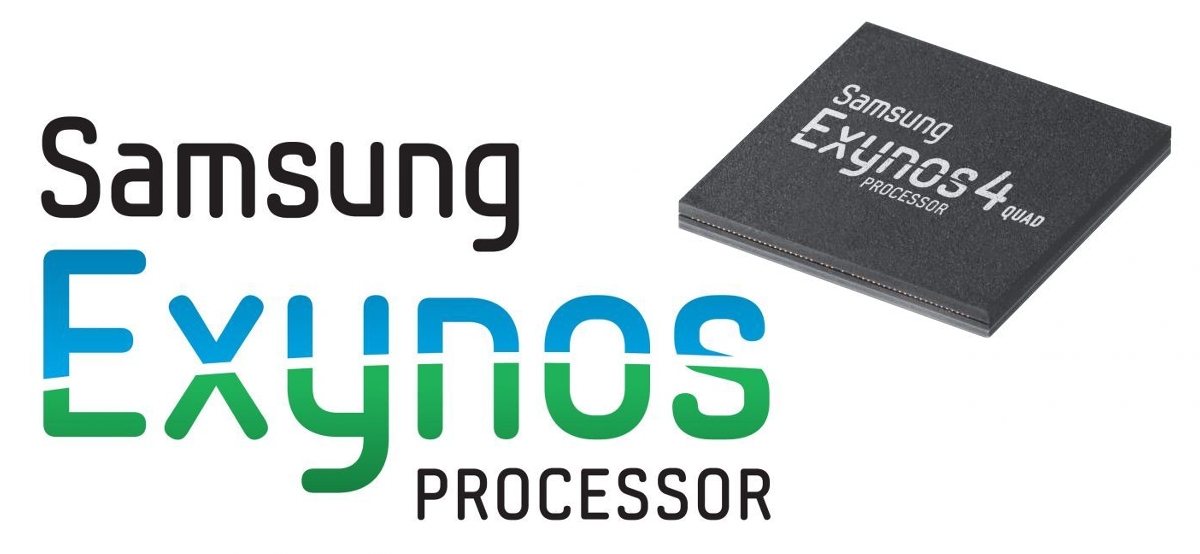
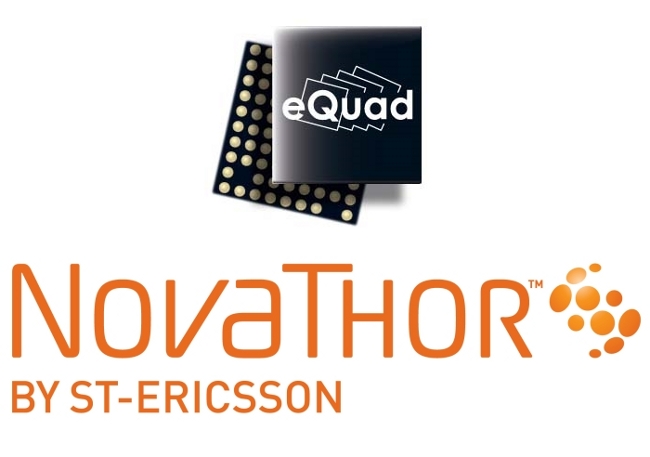
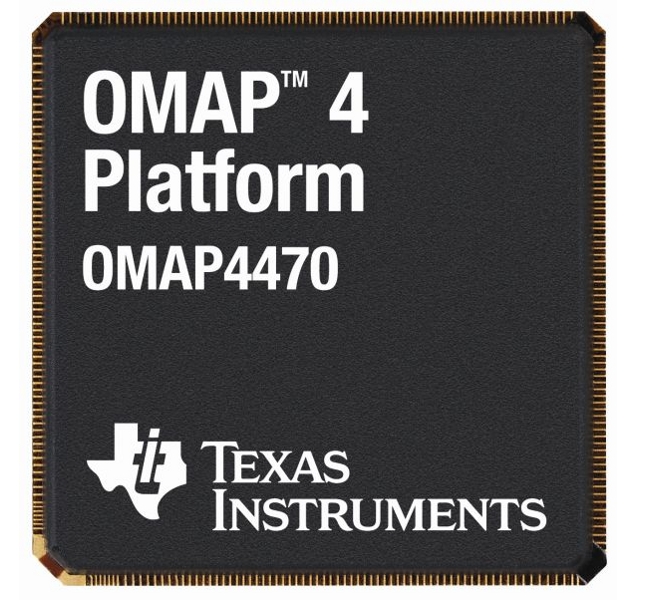
Leave a Reply